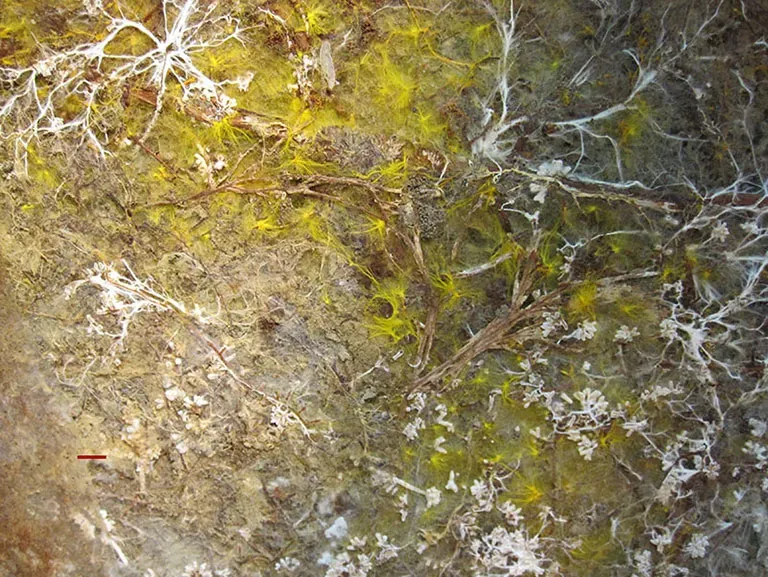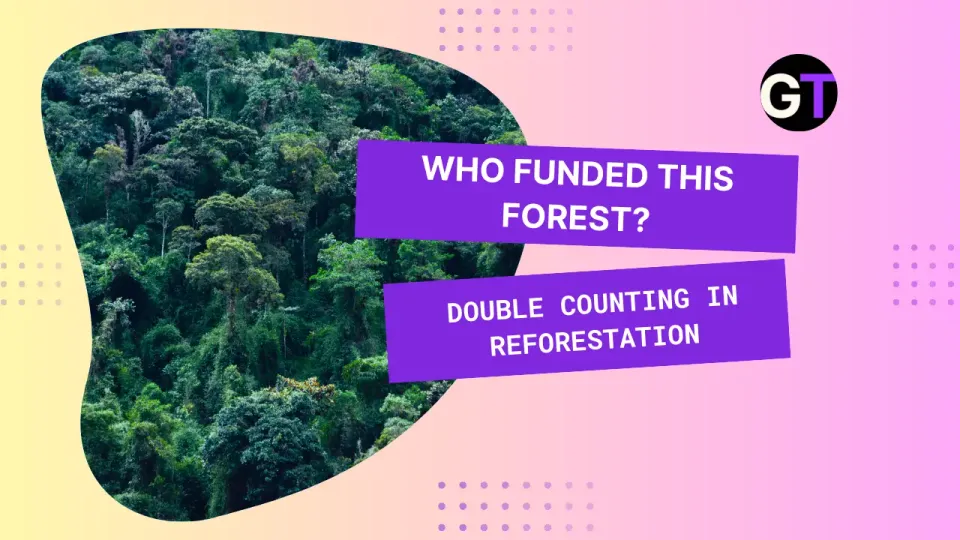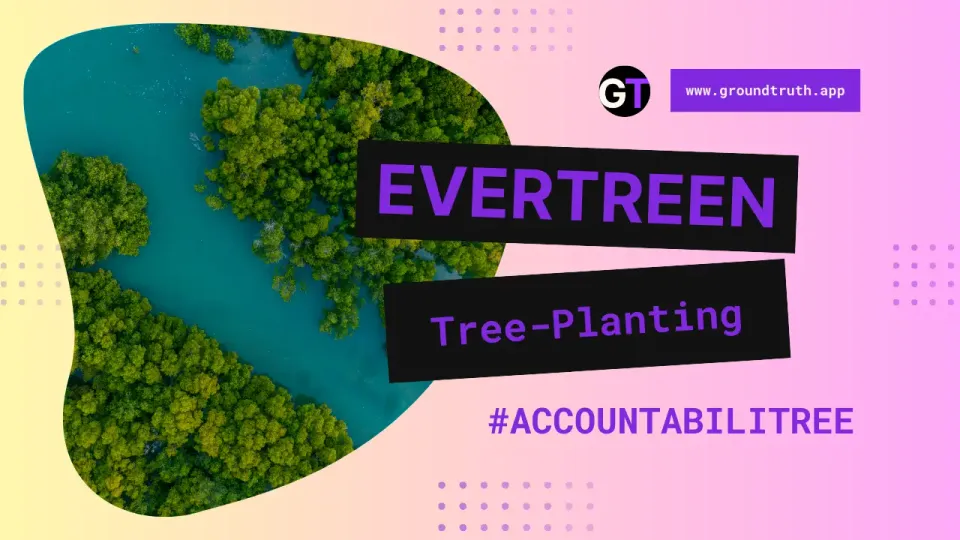Reforesting Farmland: The Story Told By Fungi 🍄
Overall, it looks like the impact of past farming on the types of fungi in the soil sticks around for a long time, even when we try to fix the surface by planting trees. So, we need to be mindful of the soil itself to help bring back a full range of soil life that's been altered. 🌱

🌱 Summary
There’s a lot we can learn from mushrooms. Fungi offer a fascinating glimpse into the resilience and complexity of nature, providing numerous lessons in ecology, biology, and even technology. But for those of us who are major forestry nerds, they can also tell us a lot about the health of our tree-planting projects. 🌳
A recent study in Environmental DNA takes a look at an increasingly popular type of project: reforesting farmers’ fields. Soil fungi are good at helping repair places where the environment has been damaged, but we don't know much about how they come back to areas overused for farming or where there have been too many deer.
What did the study find? Using DNA metabarcoding, the authors studied the types of fungi in places where trees have been planted after farms were abandoned and in areas overrun by deer. They found that in places where trees have been replanted, there are about 2 to 3 times more types of fungi compared to untouched forests, regardless of how many different kinds of trees were planted.
However, these replanted areas ended up having a more uniform mix of fungi across the board, meaning there wasn't as much variety in the types of fungi from one area to another within these planted forests. This was likely because the environment was more similar throughout these areas, fungi didn't spread as widely, and these areas haven't been growing back for very long. Interestingly, keeping deer out didn't appear to change the mix of fungi they found. 🍄
🌍 The Legacy of Historical Land Use
Overall, it looks like the impact of past farming on the types of fungi in the soil sticks around for a long time, even when we try to fix the surface by planting trees. So, we need to be mindful of the soil itself to help bring back a full range of soil life that's been altered. 🌱
Why it matters: The study of fungal communities and their richness in forests is not only important for understanding ecosystem processes but also for conservation efforts. Fungi serve as bioindicators of forest and soil health, and changes in their diversity can signal shifts in ecosystem functioning due to natural disturbances or human activities.
How do you think this legacy of past land use affects current conservation efforts?
🔬 Analyzing Soil Fungal Communities
Using advanced environmental DNA (eDNA) techniques, the study analyzed soil samples from areas with varying histories of agricultural use and ungulate presence. Comparisons with undisturbed areas helped quantify how these historical changes continue to impact soil fungal diversity and functionality.
Key insight: The data arranges fungal OTUs in decreasing order based on their frequency of occurrence across different sites, helping identify which OTUs are more common versus those that are rare within each treatment group.
Why it’s important: The Akaike Information Criterion (AIC) was used to select the best-fitting model for the data. AIC is a widely used measure of a statistical model's quality, balancing simplicity with the ability to explain variation in the data. 🍄
What other factors do you think could influence soil fungal diversity in reforested areas?
🌍 Enhancing Land Restoration
It’s fascinating to see these results from a study that took place in Northern Japan in 2013. However, it would be interesting to see datasets from other countries with different climates.
Imagine: What would a similar experiment look like in a tropical environment? More datasets from different countries can expand our knowledge of how soil health corresponds with land preparation type. 🌱
How can studying fungi in diverse climates improve our global reforestation efforts?
🔓 Open Data & Code: Empowering Further Research
Access the raw sequence data files at the DNA Data Bank of Japan (DRA003024). Fungal community matrix (OTU × sites), species’ functional groups, the literature used to determine the functional groups, and consensus sequences are archived in the Dryad Digital Repository: https://doi.org/10.5061/dryad.02v6wwq2w (Tatsumi et al., 2021). 🌐
Curious to dive deeper into the data? Explore the resources and see how fungi can tell the untold story of reforestation efforts.




